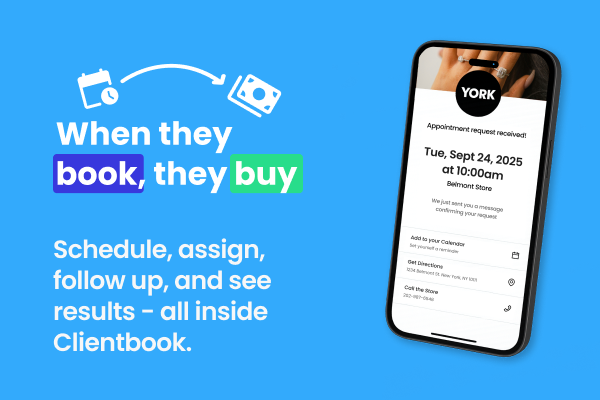If you're the owner of a family business, it's likely you've put a lot of time, resources, and energy into it throughout your life. It can be really hard to let go of something that you've invested in for so long. And still, there comes a time when every business owner must retire and pass on the legacy of their family business.
But just because you're retiring, it doesn't mean you have to fully disengage from the business. Creating a smooth transition plan will allow you to entrust your business to a family member or business associate and still be a part of things as you gradually step away from core responsibilities.
Tensions can cause stress and make the transition process feel like an impossible ordeal. Luckily, there are simple steps that can be taken to make the organizational shift feel natural and approachable.
This article will help you create a personalized transition process for you and your employees so you can make the change with confidence.
What is a transition plan?
A transition plan outlines and covers all of the inner-workings of a business in order for someone new to take over and run it. Often with a family business, a child of the owner will be the successor. Other times, it's a business partner or employee who knows the business well and has a vision for its future.
According to the Association for Talent Development, only 35% of organizations have a formalized succession planning process for their companies. This means that by thinking ahead and creating a succession plan for your business, you'll be ahead of the game, allowing your business to thrive long after you've left.
Strategy is key when creating business transition plans. You want to preserve the value of your business while also making a plan for yourself as you enter a new chapter of your life.
Why is a transition plan important?
A transition plan makes your life and the lives of your employees much simpler in the long run. Business transition planning should begin long before you actually transition your business. Waiting until right before you retire will result in stress, lack of clarity, and potentially loss of value to your business. A smooth transition is vital to maintaining consistency in your business.
When you spend time creating a thorough transition plan, you're able to control how and when to transition the business and can leave with peace of mind knowing you've made a secure plan for yourself and your successors.
Key elements of a transition plan
There's a long to-do list when preparing an effective transition plan. Below is a list of some of the most important elements to be aware of. Compiling all of this information into a cheat sheet will make employee transitions and project transitions clear and successful.
Identify outstanding projects
You'll want to identify current projects you're going to wrap up before leaving and create a plan to hand off the rest to the next business owner. Determine how much time it will take and how much you can get done. Leave notes and comments on the projects so that the successor will know where to pick up after the transition. You might even consider creating a separate project transition plan.
Be aware of upcoming deadlines
Every business has quarterly, stand-alone deadlines that they meet throughout the year. Make sure to list these dates and deadlines in the transition plan to ensure that the business continues functioning smoothly.
Consider including monthly check-ins as part of your plan. You'll have an employee transition period where everyone is adjusting to the change—you'll want to have someone checking in regularly to see how everyone is doing with their tasks.
Understand daily tasks
Current employees will likely already understand daily output expectations, but it would be a good idea to outline these processes as part of your cheat sheet. Include key details to check off or be aware of throughout the day.
Make sure that key contacts are passed along
Your company address book and client information sheet are important assets to pass along to your successor. Client info will allow future employees to personalize their interactions with customers and continue to nurture those relationships.
Keep your data safe and pass it on
Client data is the lifeblood of your business. It's what helps you understand who your customers are and how to personalize your business for them. Client data is the key to clienteling—creating long-term relationships with your customers.
Clientbook as a transition planning tool
Clientbook is a tool that can safely store and transfer client profiles and information. It can be easy, in transitions, to lose important information when an owner steps away from the business.
With Clientbook, all of your customer information—including purchase history, wish lists, contact information, and conversations with sales reps—is stored and easily transferred between employees. This makes the transitioning process much simpler and less risky.
Feel comfortable passing on your client base when you know it's all taken care of and stored in the Clientbook app.
For a look at how Clientbook can benefit you in your business transition plan, book a demo today
Conclusion
Creating a business transition plan can be overwhelming and intimidating, but it doesn't have to be. You can confidently execute a successful shift using the tips and tools at your disposal. Simplify the process and make your client info a priority using Clientbook.
Creating a transition plan is a major project, but when it comes to moving on from the business that you committed to for years of your life, you'll be glad you put in the work to make it seamless for your successor.





